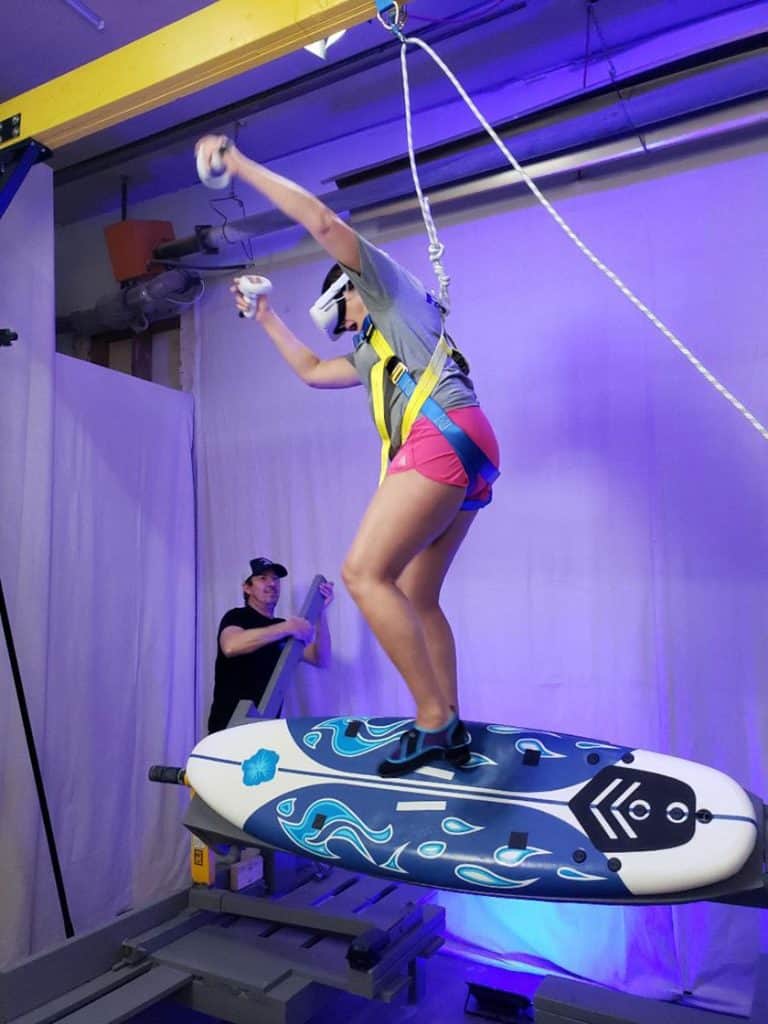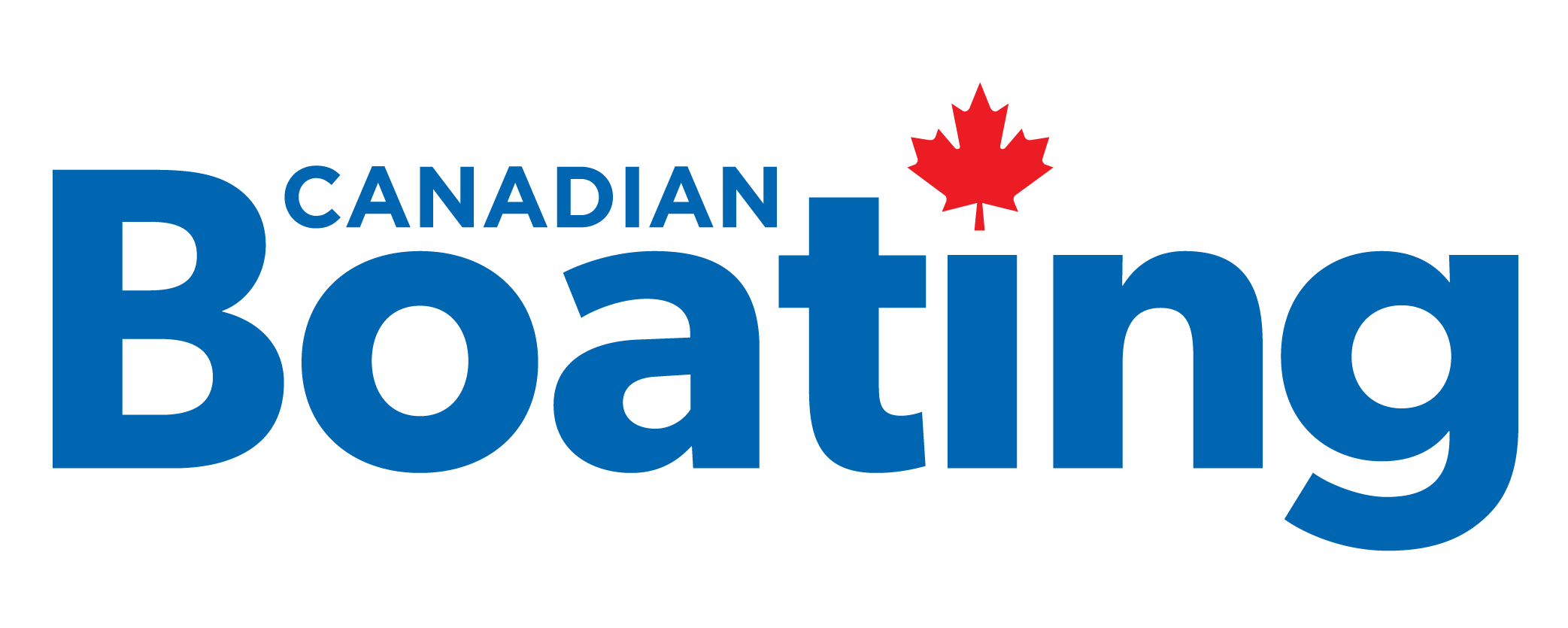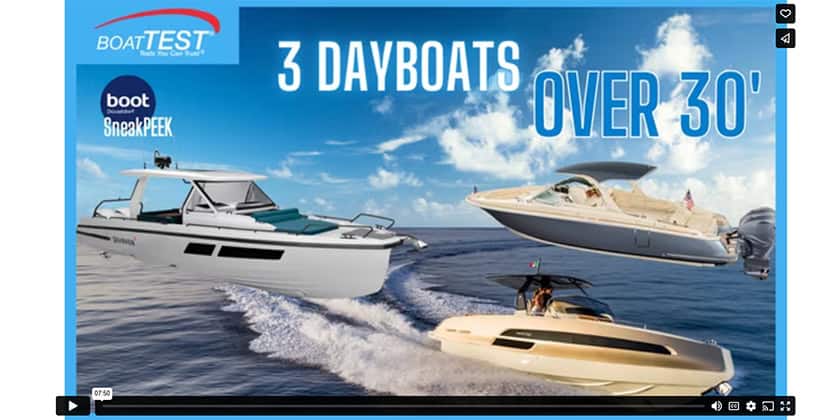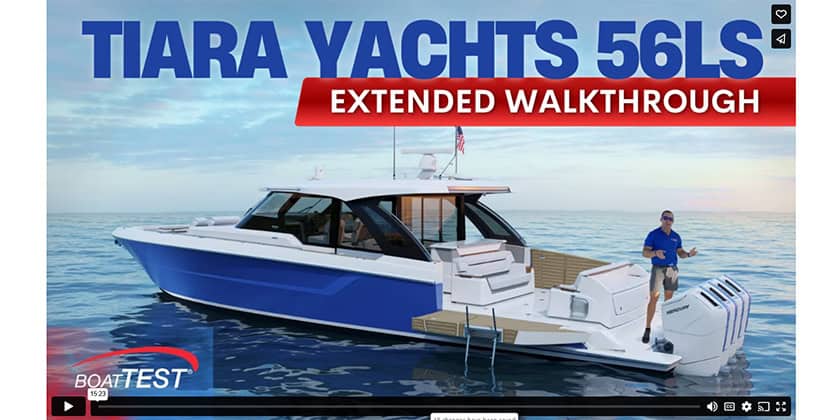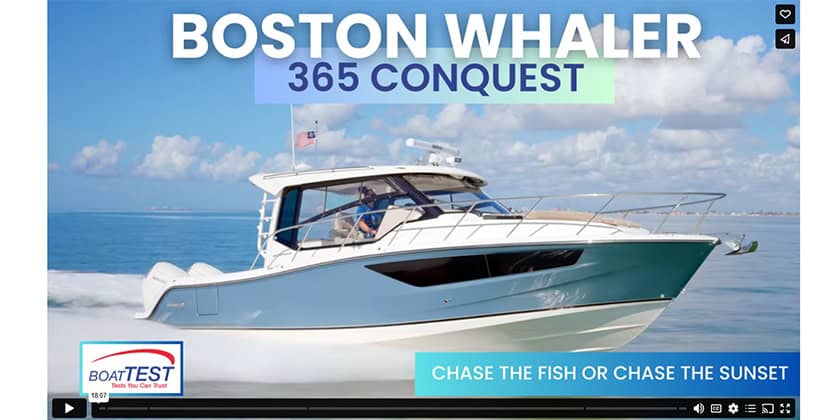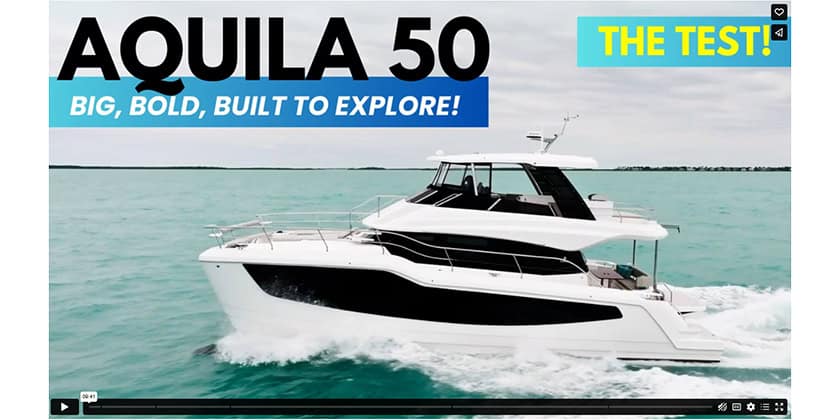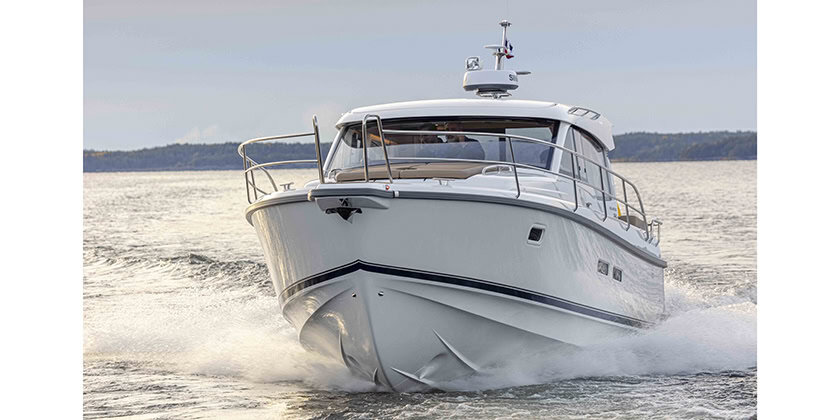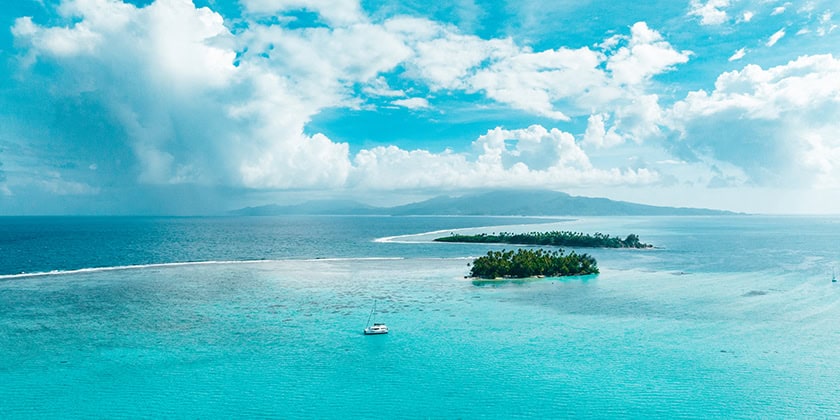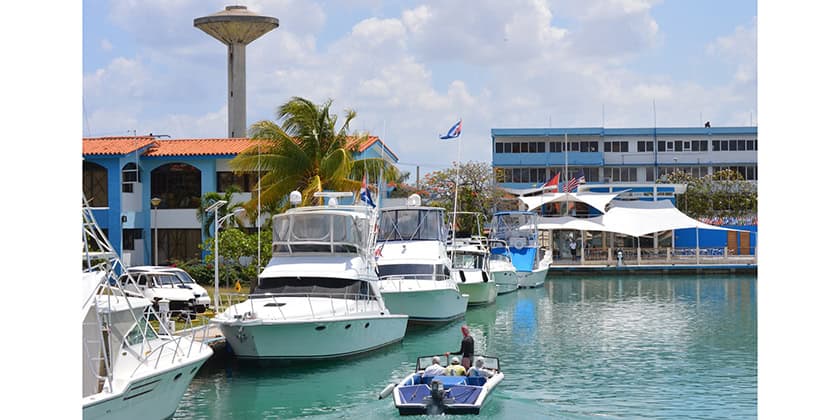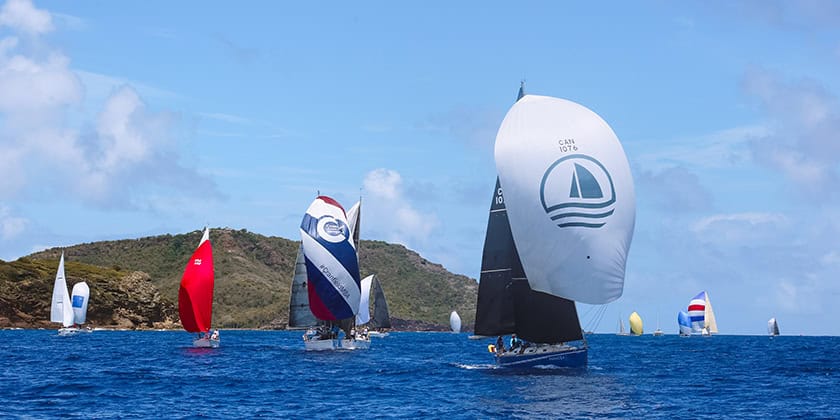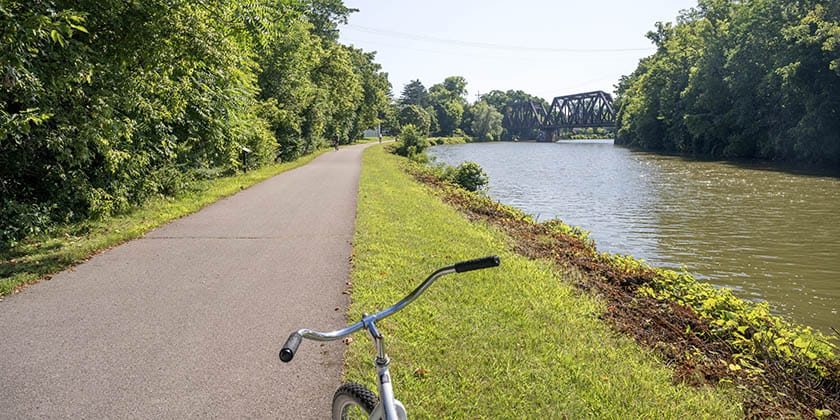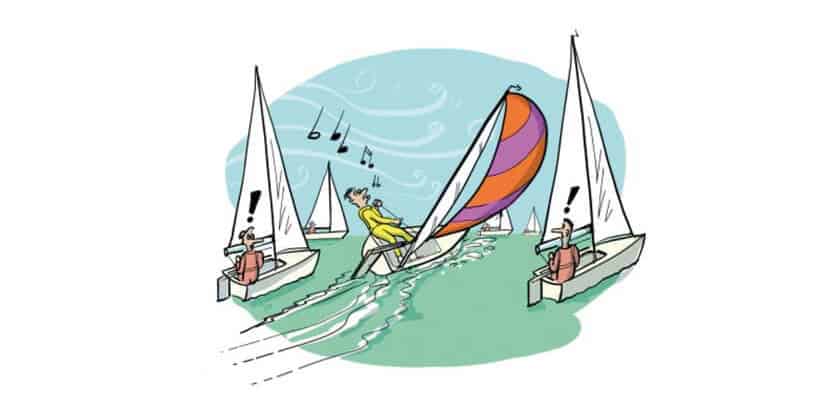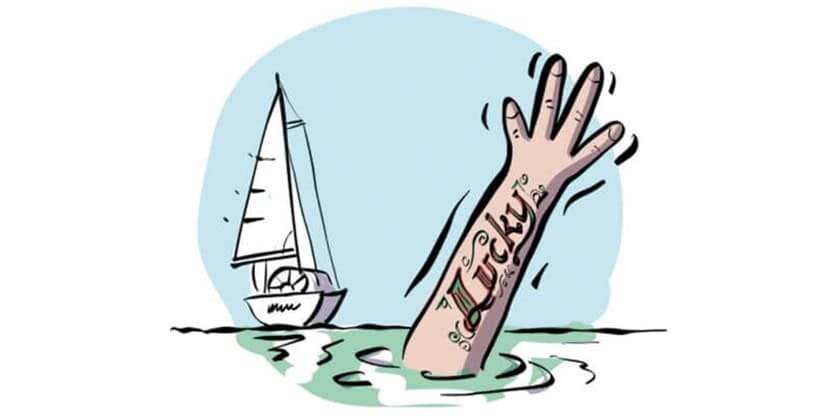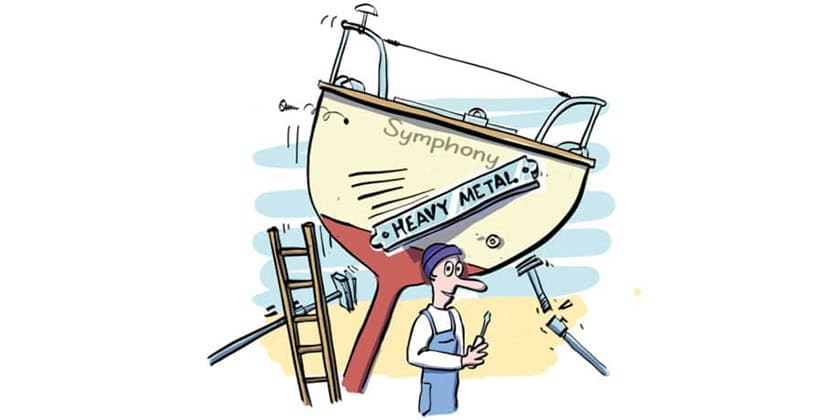The Shock Factor: A National Campaign to Prevent Drowning and Raise Awareness About Lifejackets
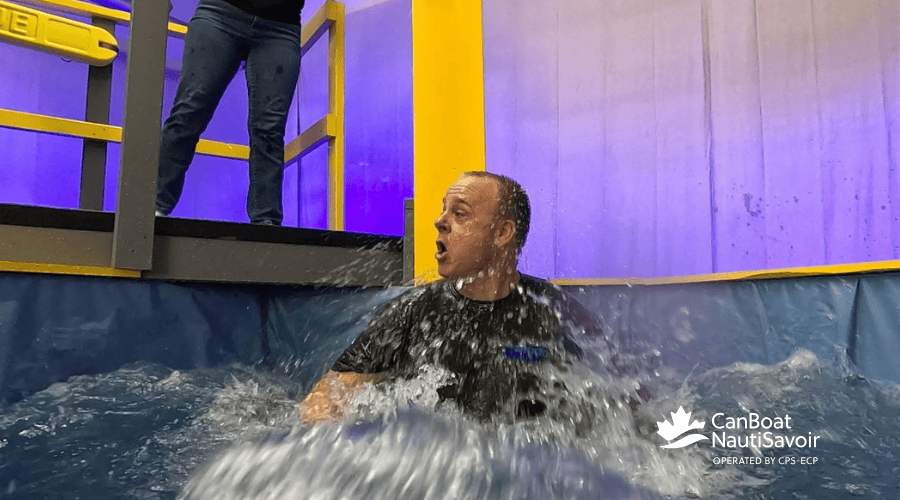
Apr 10, 2025
Over the years, the Canadian Safe Boating Council (CSBC) has led the charge in educating boaters on the dangers of cold-water immersion. Despite these efforts, drowning incidents still occur, even in warmer waters, with boaters—regardless of swimming ability—losing their lives after falling overboard. To address this ongoing issue, The Shock Factor was launched as a three-year national campaign aimed at reducing drowning incidents and improving Search and Rescue (SAR) outcomes by revealing how vulnerable boaters are to drowning during accidental immersion.
The Premise Behind the Shock Factor
The primary goal of The Shock Factor was to challenge misconceptions about lifejacket use. Many boaters excuse not wearing a lifejacket, citing reasons like confidence, swimming ability, or perceived water warmth. Through real-life simulations, the campaign worked to dispel these myths by exposing the dangers of the “shock factor”—the body’s physiological reaction to sudden immersion.
Dr. Giesbrecht, a leading expert in cold-water physiology, played a key role in the campaign’s research. His expertise informed the design of participant experiences and the analysis of physiological data, shining a light on the real risks boaters face when unexpectedly submerged.
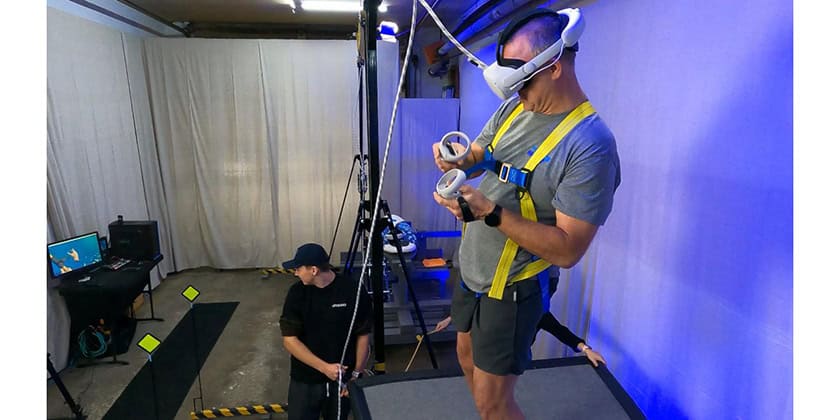
Key Findings from The Shock Factor
In early 2023, volunteers participated in Shock Factor experiences to simulate unexpected immersion. Participants wore specially designed shirts that tracked physiological responses, such as heart rate, respiration, and air intake. These experiments vividly demonstrated the involuntary “GASP” reflex—a reflexive inhalation caused by sudden immersion—that can be deadly, regardless of water temperature.
Physiological Data Highlights:
- In virtual reality (VR) scenarios with stand-up paddleboarding (SUP) and fishing boats, participants’ tidal volume (air intake) increased by an average of four times normal levels.
- During dunk tank simulations, the increase was even greater—an average of 6.5 times.
- These findings confirmed that unexpected immersion triggers an automatic gasp reflex, often leading to the inhalation of water if the head is submerged.
This physiological reaction significantly heightens the risk of drowning, regardless of water conditions or swimming ability.
What We Learned
The Shock Factor’s research underscores one vital truth: the gasp reflex can be life-threatening in unexpected immersion scenarios. Even experienced boaters and confident swimmers are at risk, as the body’s reaction is beyond conscious control.
By collecting data through participant experiences, the campaign demonstrated the dangers of accidental immersion in a compelling way. For example:
- The danger is immediate. The physiological response occurs within seconds of falling into the water.
- The risk is universal. Warm or cold water, experienced or novice boater—the gasp reflex does not discriminate.
The Message: Always Wear a Lifejacket
The CSBC has made its message clear: a lifejacket is the best defense against drowning. Whether on a stand-up paddleboard or a fishing boat, lifejackets save lives by keeping boaters afloat and reducing the risk of water inhalation during those critical first moments after immersion.
Sharing the Message
To reach as many boaters as possible, the CSBC has shared compelling content from the Shock Factor experiences on social media, showing real-life reactions to accidental immersion. These efforts aim to foster a culture of lifejacket wear—one that can prevent tragedies and save lives on the water.
For more information about The Shock Factor, including volunteer footage and resources on lifejacket safety, visit www.shockfactor.ca.
